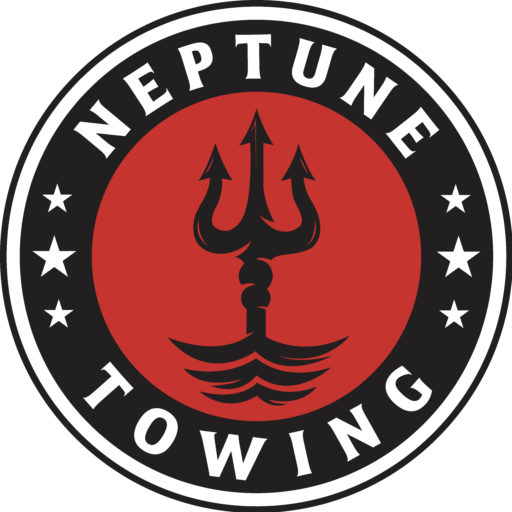NEED SERVICE? CALL (539) 292 3074
Tulsa Towing Services Prices
We offer towing, flat rates, roadside assistance, jump starts, lockout service. No matter what the hour, if you’re stranded, we can help.
OUR TOWING SERVICES PRICES STARTING AT $125 IN TULSA
Emergency Towing Service Available 24/7
Neptune Towing LLC is the fastest and reliable towing company either if you are in an emergency we’ve got your back!
Call us at (539) 292 3074
